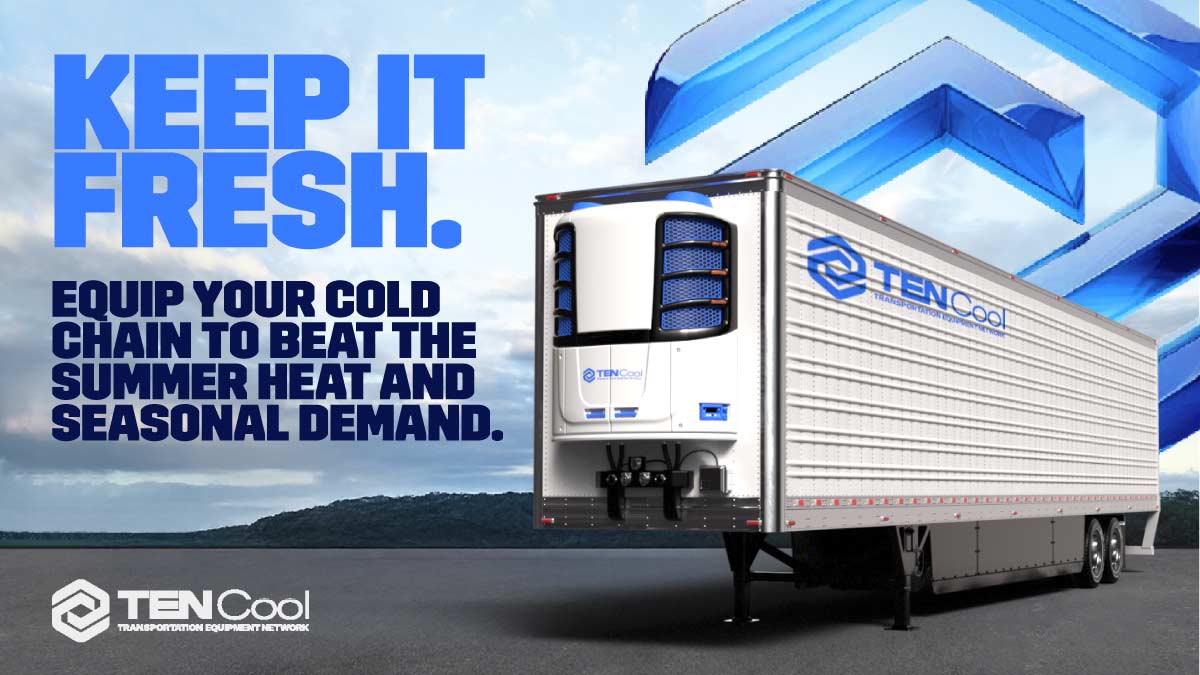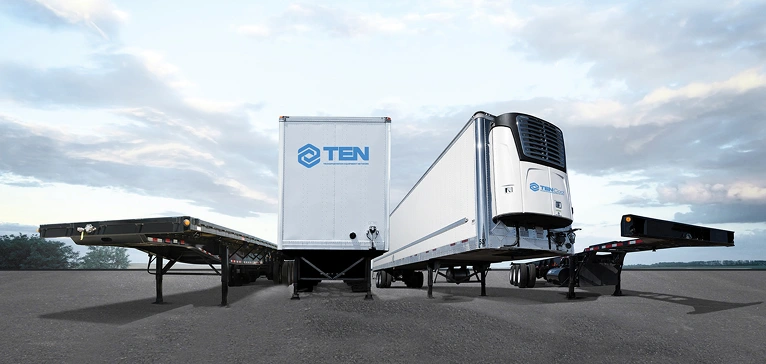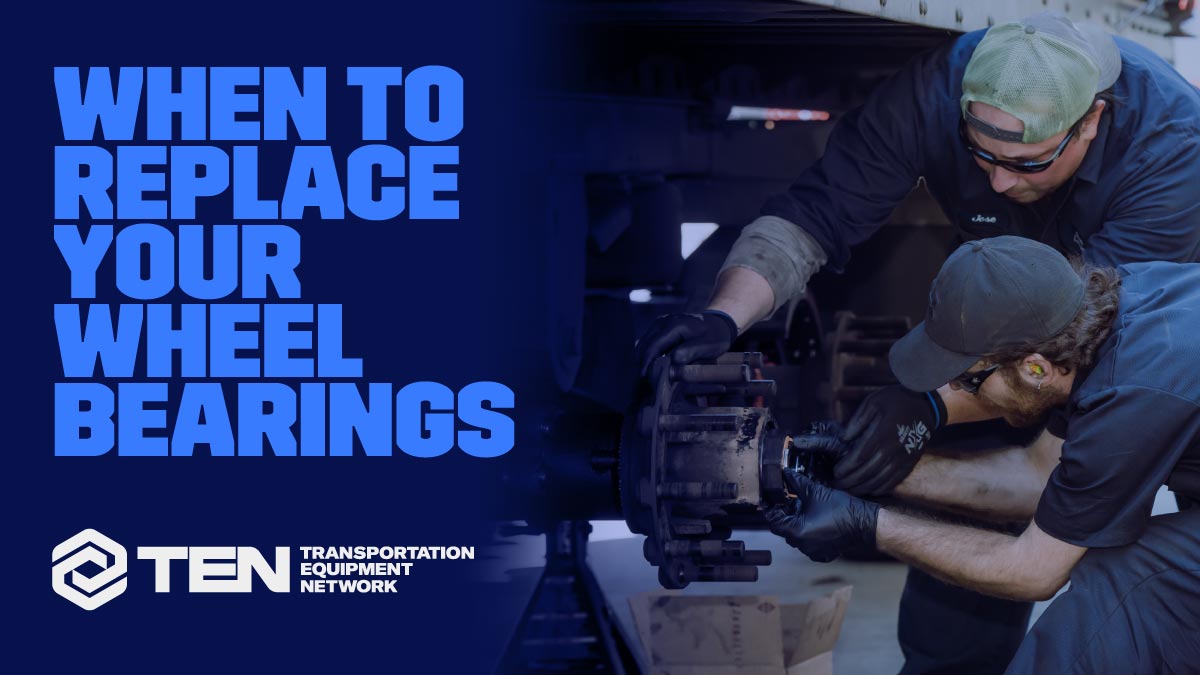Written by
Melanie MarchManaging Seasonal Refrigerated Logistics: Best Practices

As demand rises during seasonal peaks – whether it’s summer produce, holiday foods, or pharmaceuticals – cold chain logistics become even more complex and critical. In these high-volume periods, the pressure to keep temperature-sensitive goods stable from origin to destination can make or break a supply chain.
Proper planning, reliable equipment, and close attention to temperature control are key to ensuring that perishable products arrive in peak condition, regardless of external challenges.
Why Seasonal Refrigerated Logistics Are High-Stakes
The cold chain is a temperature-controlled supply chain that preserves the integrity of perishable products. During seasonal spikes, this system faces added pressure due to:
- Increased shipment volume
- Tighter delivery windows
- Higher outside temperatures (in summer)
- Greater risk of spoilage and waste
Breakdowns, delays, or even minor temperature deviations can cause costly product loss or compliance violations.
Refrigerated Best Practices During Peak Seasons
1. Prioritize Equipment Reliability
Not all refrigerated trailers are created equally. Equipment failures can lead to temperature excursions that compromise your product. Make sure trailers are:
- Regularly maintained
- Properly specced trailers – meaning the trailer is suitable for the application
- Equipped with real-time temperature monitoring where possible
Temperature-stable trailers, like those offered by TEN Cool, are designed to hold steady even in extreme heat or during long-haul routes – adding an extra layer of security to seasonal operations.
2. Maintain Tight Temperature Controls
Be sure that every handoff in the logistics chain maintains the correct temperature range for your goods:
- Pre-cool trailers before loading
- Minimize door openings during loading/unloading
- Confirm product temperature is equal to setpoint temperature
- Use temperature loggers or sensors for visibility throughout the trip
3. Build in Flexibility for Delays
Seasonal surges can strain infrastructure and cause traffic, labor, or customs delays. Plan for buffer time in your delivery schedules and communicate frequently with logistics partners to adapt to changes in real time.
4. Train Teams on Cold Chain Protocols
Driver and warehouse staff training is critical. Everyone involved should understand how to handle refrigerated cargo, monitor temperatures, and respond to issues like reefer alarms or temperature fluctuations.
Protecting Your Refrigerated Fleet with the Right Partners
Reliable cold chain logistics hinge not only on planning but also on the partners you work with. Leasing temperature-controlled trailers from providers like TEN Cool gives businesses the flexibility to scale their fleet during peak seasons – without sacrificing temperature stability or reliability.
With well-maintained reefer trailers and flexible lease terms, companies can better manage seasonal spikes while safeguarding their perishable cargo.
Peak season doesn’t have to mean stress. By combining early planning with dependable equipment and temperature control protocols, you can protect product quality, maintain compliance, and meet customer expectations – no matter how busy the season gets.
Featured
TEN Announces Pricing Of Offering Of $700 Million Principal Amount Of Secured Second Lien Notes Due 2030

TRENDING ARTICLES

TEN’s 2025 Food Drive: Coming Together to Make a Meaningful Impact
TEN Launches Upgraded Customer Portal

How to Know When It’s Time to Replace the Wheel Bearings on Your Trailer
CATEGORIES
TEN
TEN Cool
